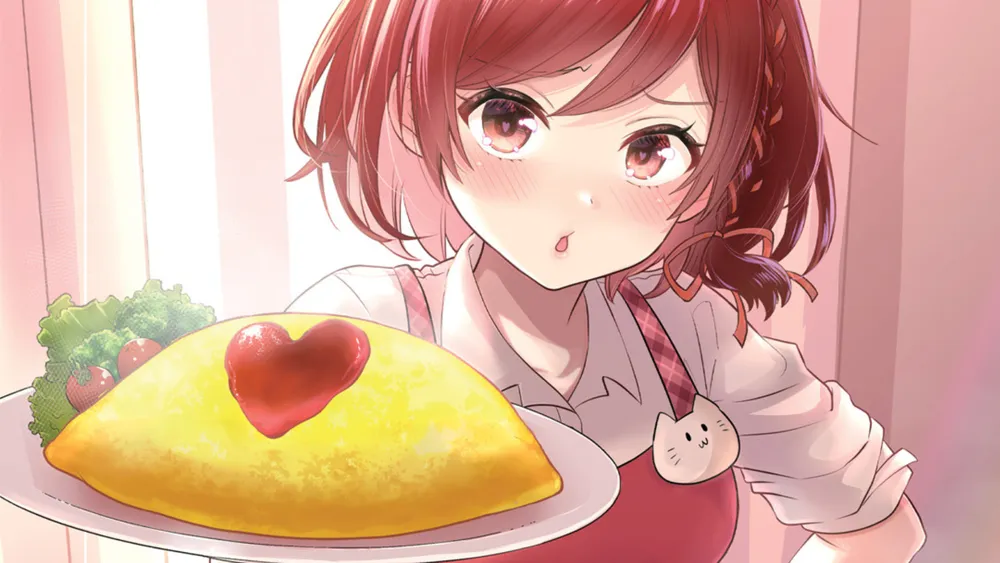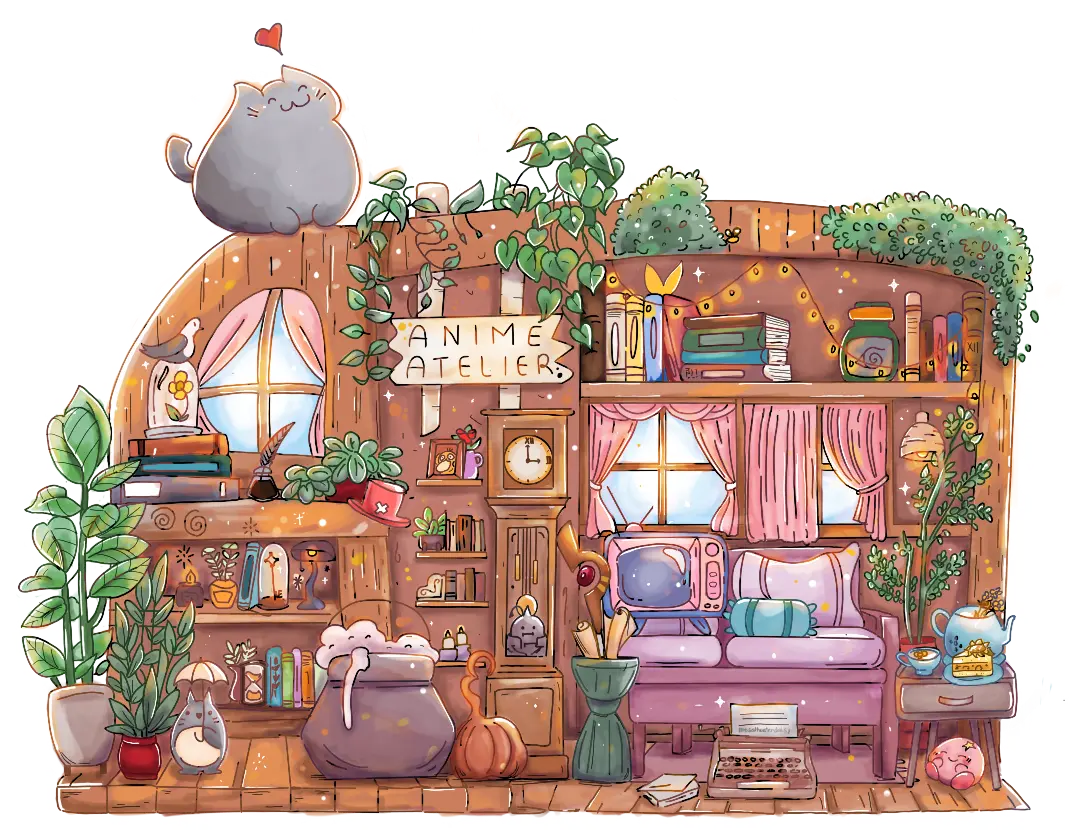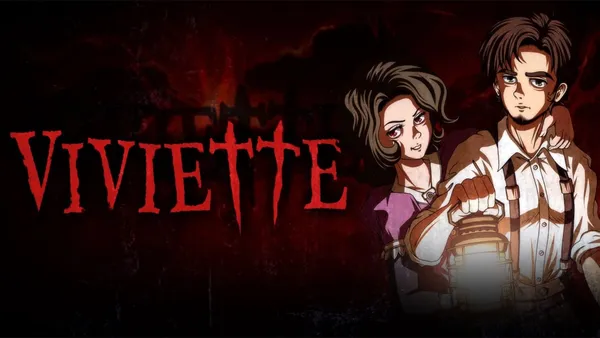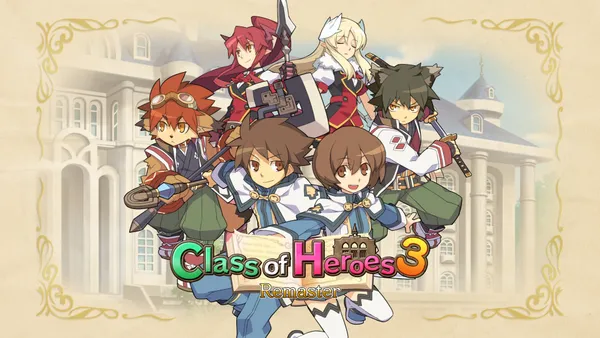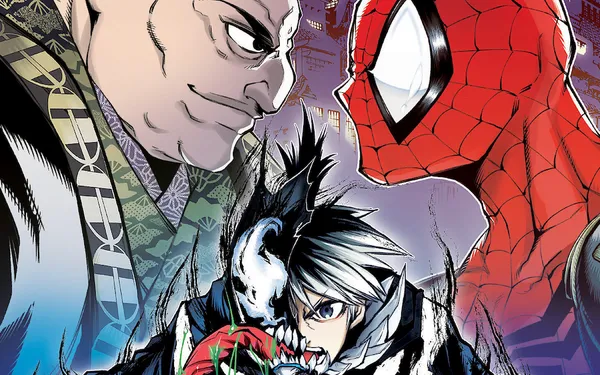Review: I Got Married to the Girl I Hate Most in Class Vol. 1 (Manga)
Romantic comedies are an often-predictable genre, loved by fans for their tried-and-true tropes that are like comfort food for the soul. In that regard, the manga adaptation of I Got Married to the Girl I Hate Most in Class is comfort food formed from slapstick comedy, contradictory feelings, and fiery characters on a winding path to love.
I Got Married to the Girl I Hate Most in Class certainly doesn't reinvent the wheel of romantic comedies, but it's mindless fun for genre fans. Join us today on Anime Atelier as we dive into what makes an arranged marriage work (or not!) with this review of I Got Married to the Girl I Hate Most in Class manga's Volume 1.
Married at First Hate
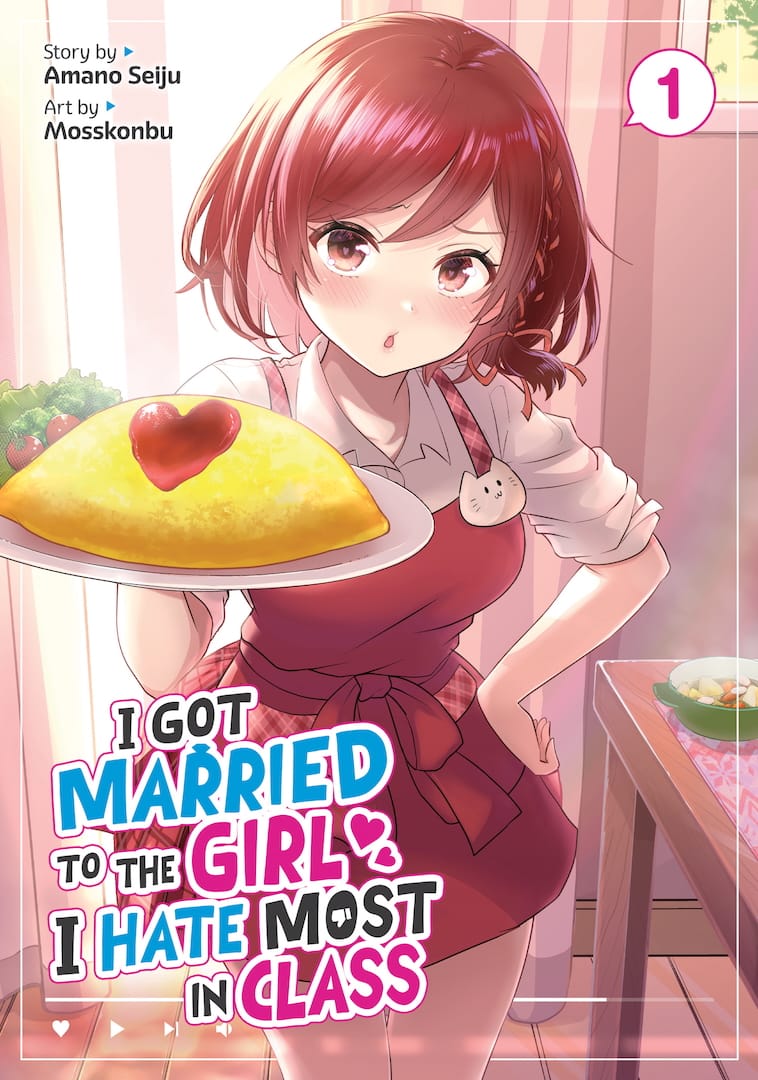
The premise behind Amano Seiju's light novel series, and this manga adaptation by Mosskonbu, is familiar fare for arranged marriage rom-coms. The 18-year-old high-school prodigy, Saito Houjou, and his rival, Akane Sakuramori, are constantly bickering at school over their test results and their opposing personalities.
Saito is lackadaisical, seemingly unconcerned with anything in his life that isn't study or gaming, to the detriment of his hygiene and nutrition. Akane is prim and proper, a tsundere-esque character who's as liable to explode over a dirty chalkboard as she is to flash a disarming smile. Suffice it to say, Akane and Saito have undeniable chemistry that's often the talk of their school.
The pair has their lives turned upside down when their grandparents unexpectedly pressure them into an arranged marriage. In their youth, Akane's grandmother and Saito's grandfather had been infatuated with one another, but never married. Now, with their respective partners passed away, the pair have reunited, but want their grandchildren to live out the youthful romance they never had, beginning immediately with cohabiting a newly-built "love nest."
Thus begins the hilarious arranged marriage of two self-confessed enemies.
Why Read I Got Married to the Girl I Hate Most in Class?
As we mentioned earlier, I Got Married to the Girl I Hate Most in Class is shameless genre comfort food, and it's remarkably self-aware.
The absurdity of the plot and its situations are regularly called out by the characters, and the art style reflects the preference for comedy over substance. Mosskonbu's adaptation frequently delivers chibi-fied gags and over-the-top reactions that play to its overtly clownish scenarios. This early in the story, there are few indicators of impending drama à la A Couple of Cuckoos or Nisekoi.
At its core, I Got Married to the Girl I Hate Most in Class thrives with its main characters. Saito and Akane's relationship is believable and enjoyable, particularly as they bicker their way through common marital tropes. From dishwashing to toilet seats (up or down!), the pair slowly come to compromise and enjoy—or at the very least respect—each other's hobbies, like Saito's gaming, or Akane's obsession with 24-hour-long cat videos.
With just the first volume, it feels like readers know what to expect from these characters and can look forward to their journey ahead.
Why Skip I Got Married to the Girl I Hate Most in Class?
Tropes cut both ways, and unfortunately, I Got Married to the Girl I Hate Most in Class does stumble occasionally. The manga is only adapting the source light novels, but the story criticisms remain true nonetheless.
Predictable scenes like the "walking in on someone naked" or "call me by my first name" staples feel tired and uninspired to genre familiars. Thankfully, Mosskonbu's artwork and tendency for overly stylized character depictions manage to elicit laughs despite the story's unoriginality. And when the right moment calls for it, full-page illustrations of Akane in all her beauty remind us of the "romantic" part of this rom-com.
The worst part of I Got Married to the Girl I Hate Most in Class is, strangely enough, the characters' reasons for agreeing to the arranged marriage in the first place. Since Saito is narrating the story, we don't know Akane's reasons yet, but Saito's are clear—he wants to inherit his grandfather's business empire.
Similar to Kaguya-sama: Love Is War, it's hard for solidly middle-class readers like ourselves to understand a teenager's drive to inherit a corporate empire. It's an often-depicted trope in Japanese media that remains puzzling to foreigners. At best, Saito's goals appear narcissistic and superficial; at worst, it makes connecting with his ambitions impossible.
Final Thoughts
In summary, the manga adaptation of I Got Married to the Girl I Hate Most in Class falls more on the comedic line of romantic comedy, delivering plenty of laughs with its outlandish art style and larger-than-life characters.
Tried-and-true staples of the arranged marriage sub-genre are all present and accounted for, with infrequent moments of genuine honesty that we hope will become more apparent in later volumes. If you love your opposites-attract characters and want a less-serious take on a high school romantic comedy, check out I Got Married to the Girl I Hate Most in Class.
The first volume of I Got Married to the Girl I Hate Most in Class (Manga) was released on March 4, 2025, via Seven Seas Entertainment, with the second volume expected on June 3.
Anime Atelier received a review copy of this release.
